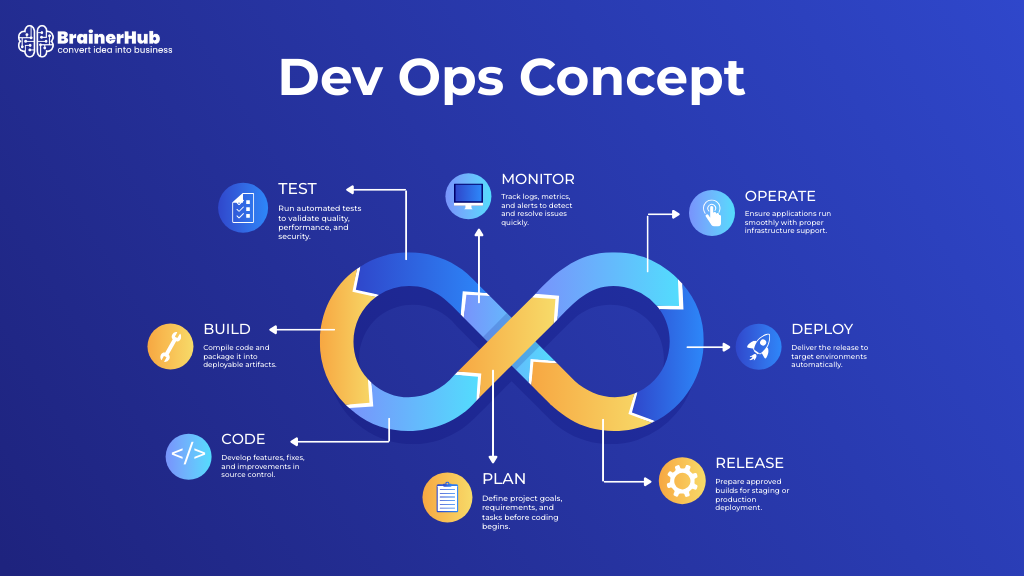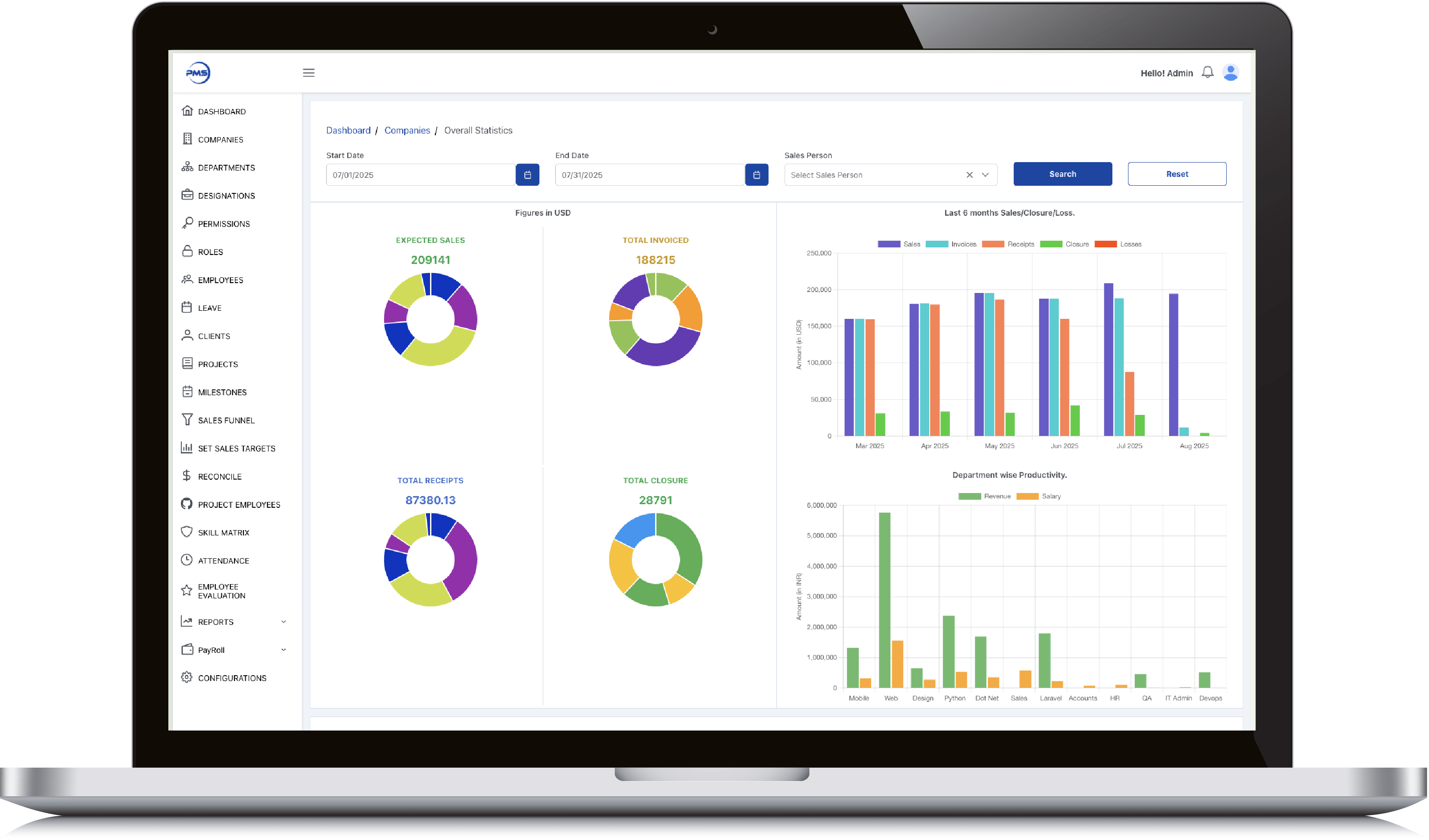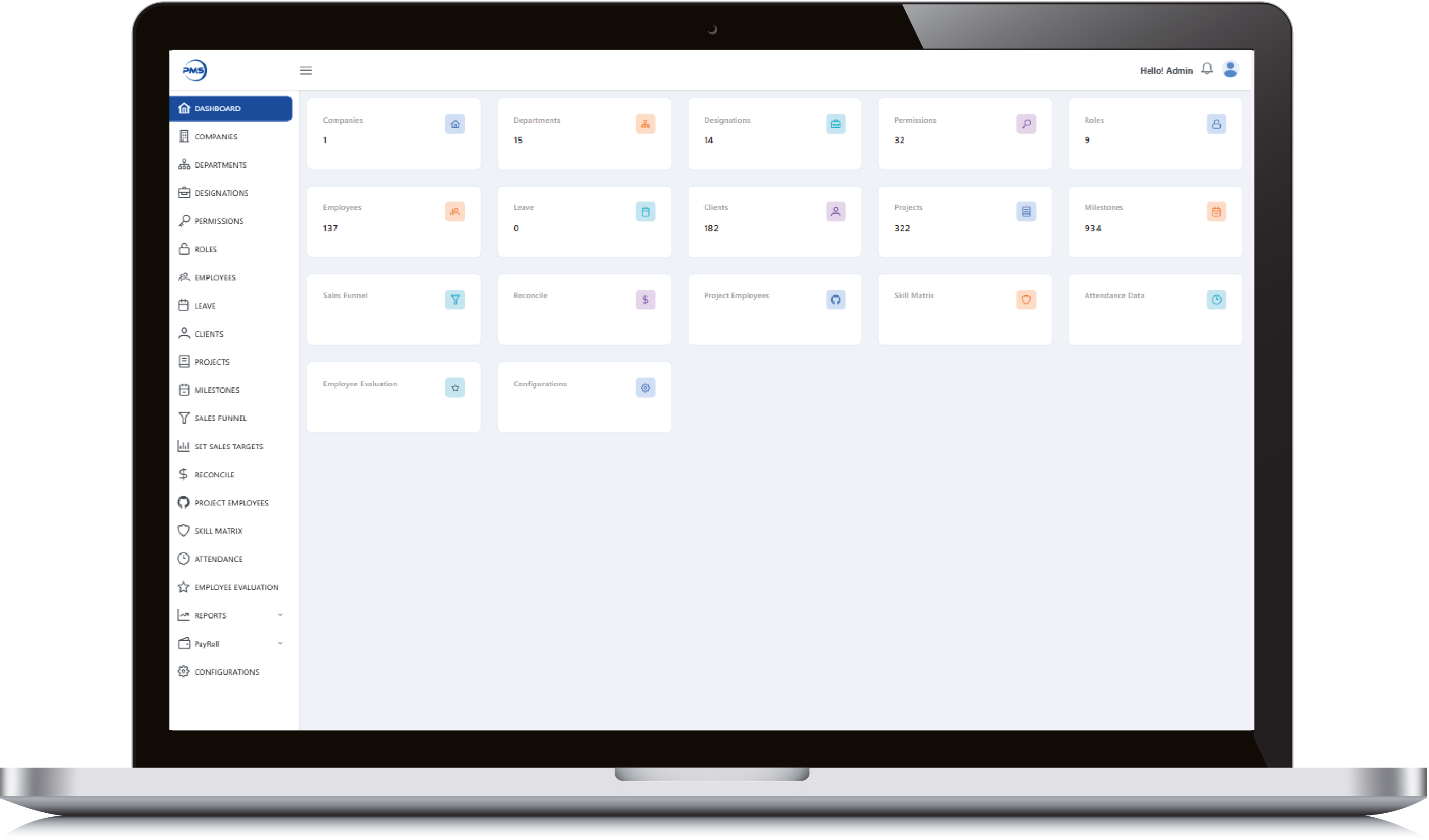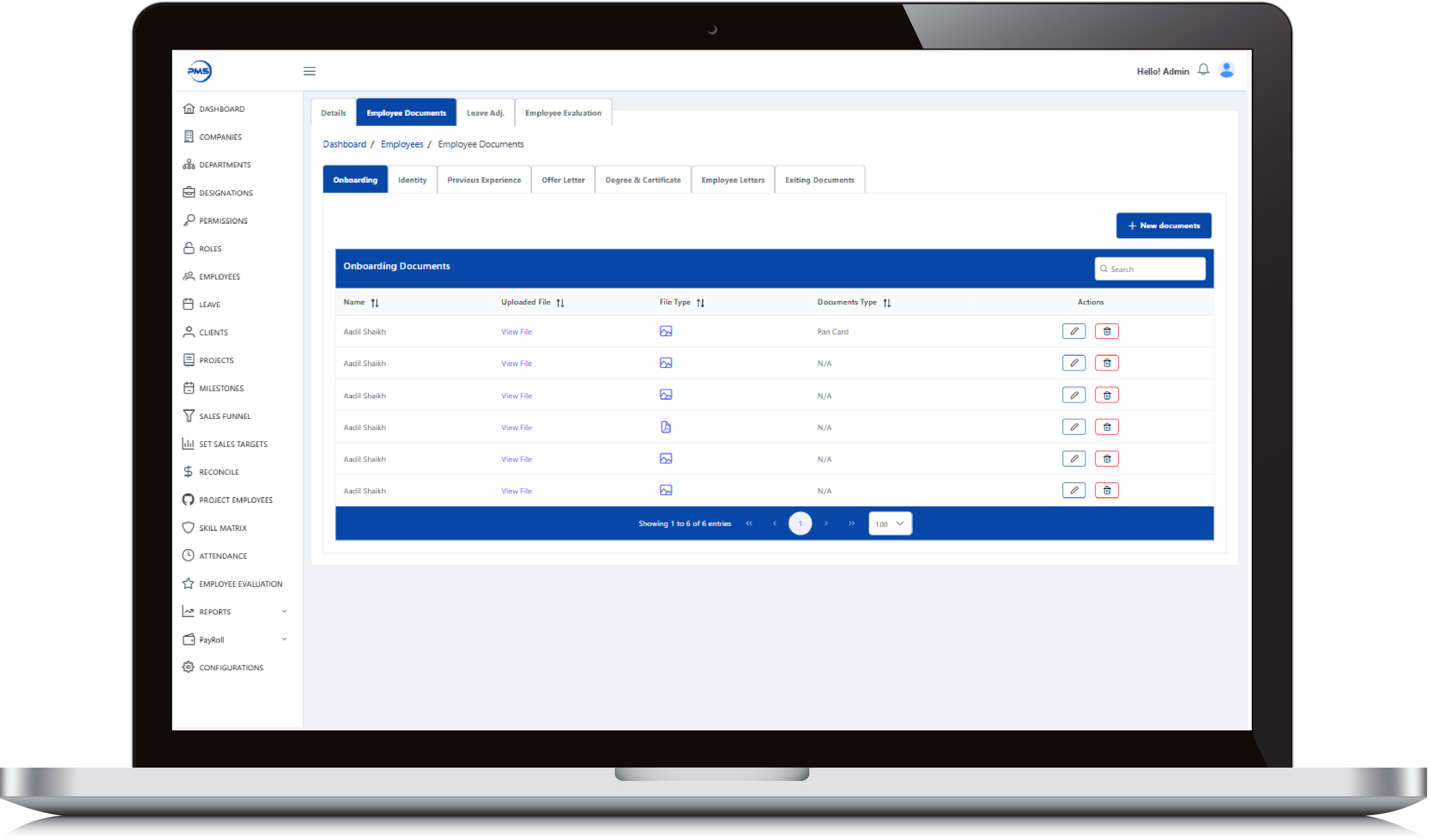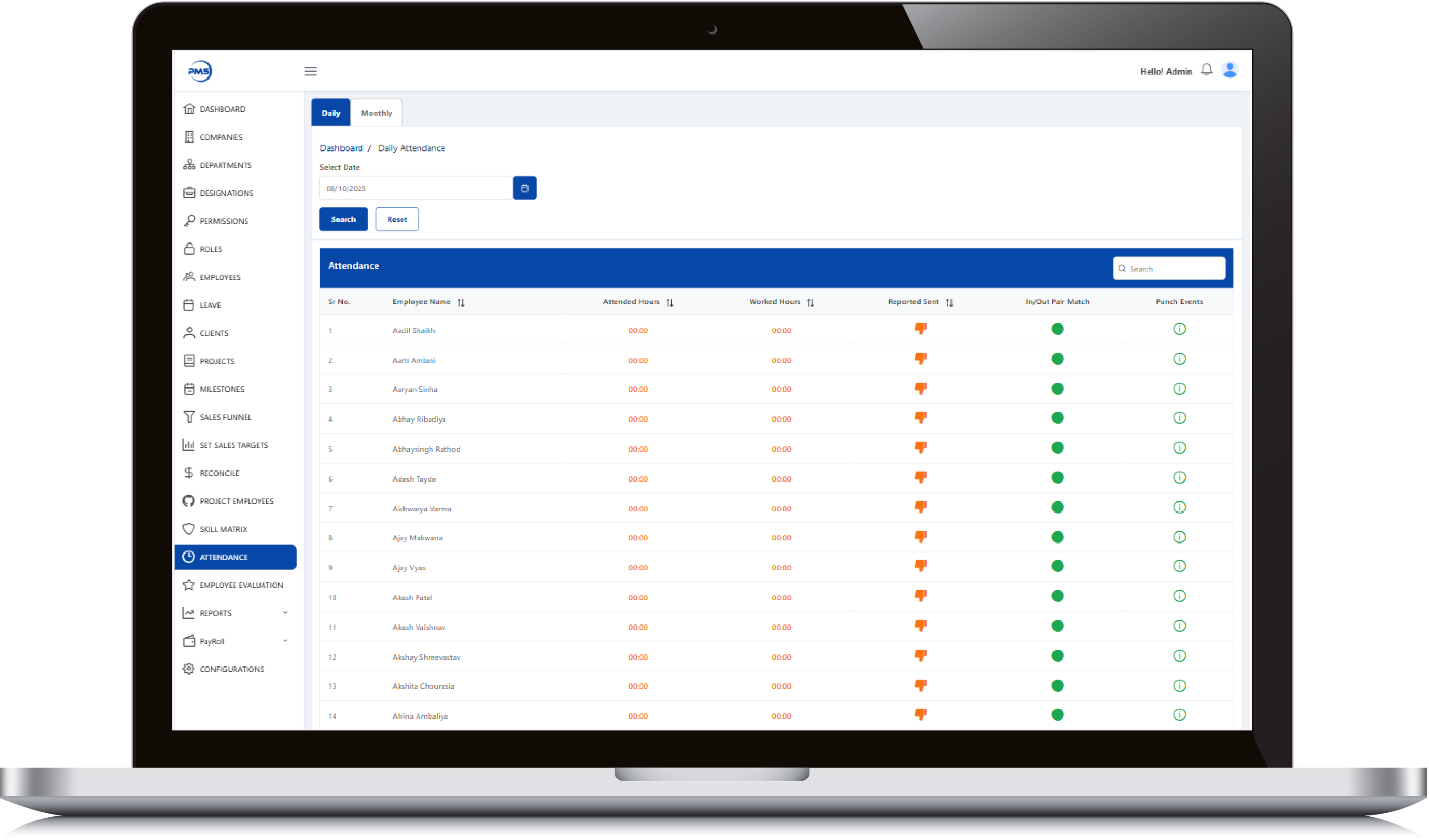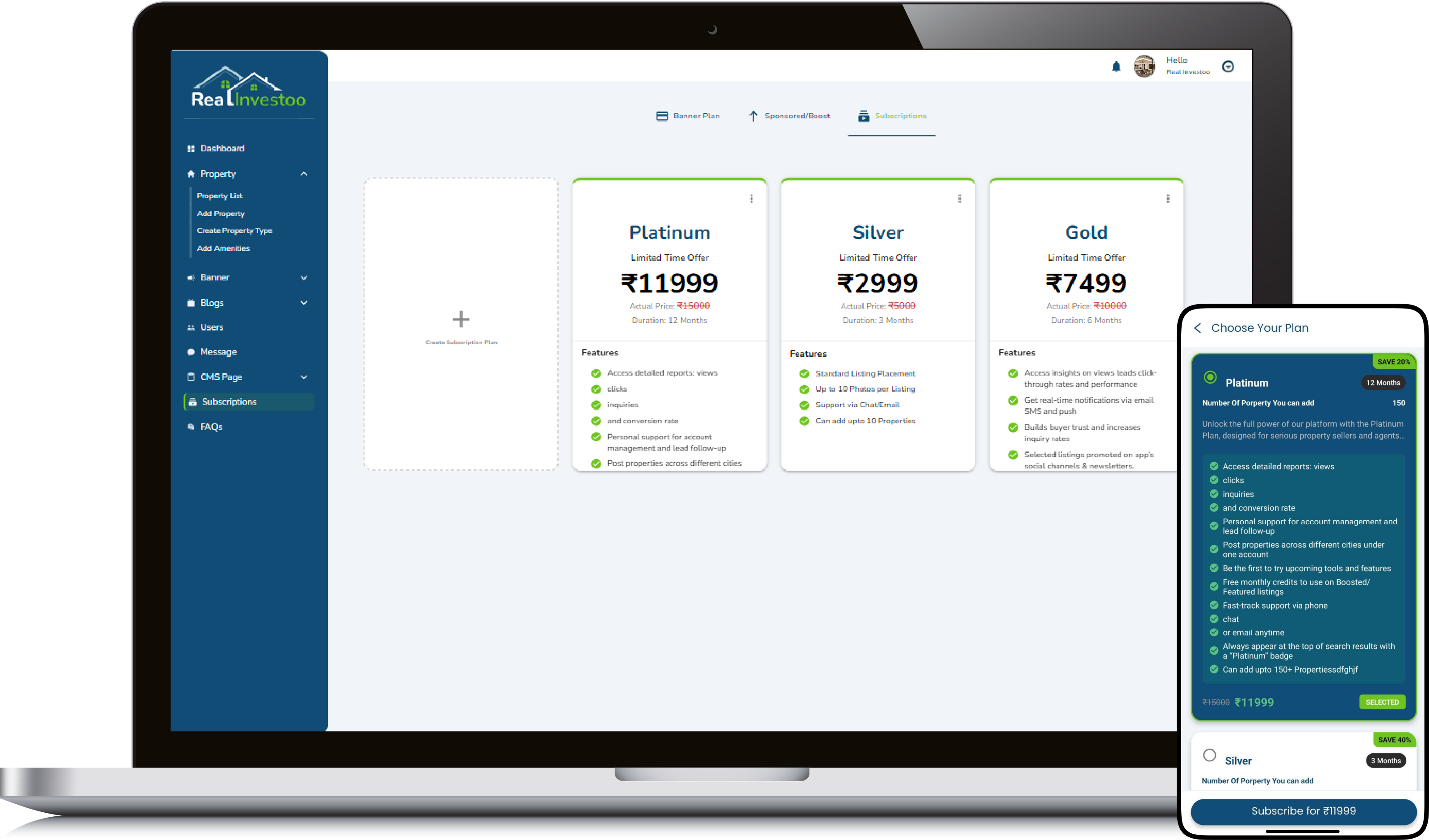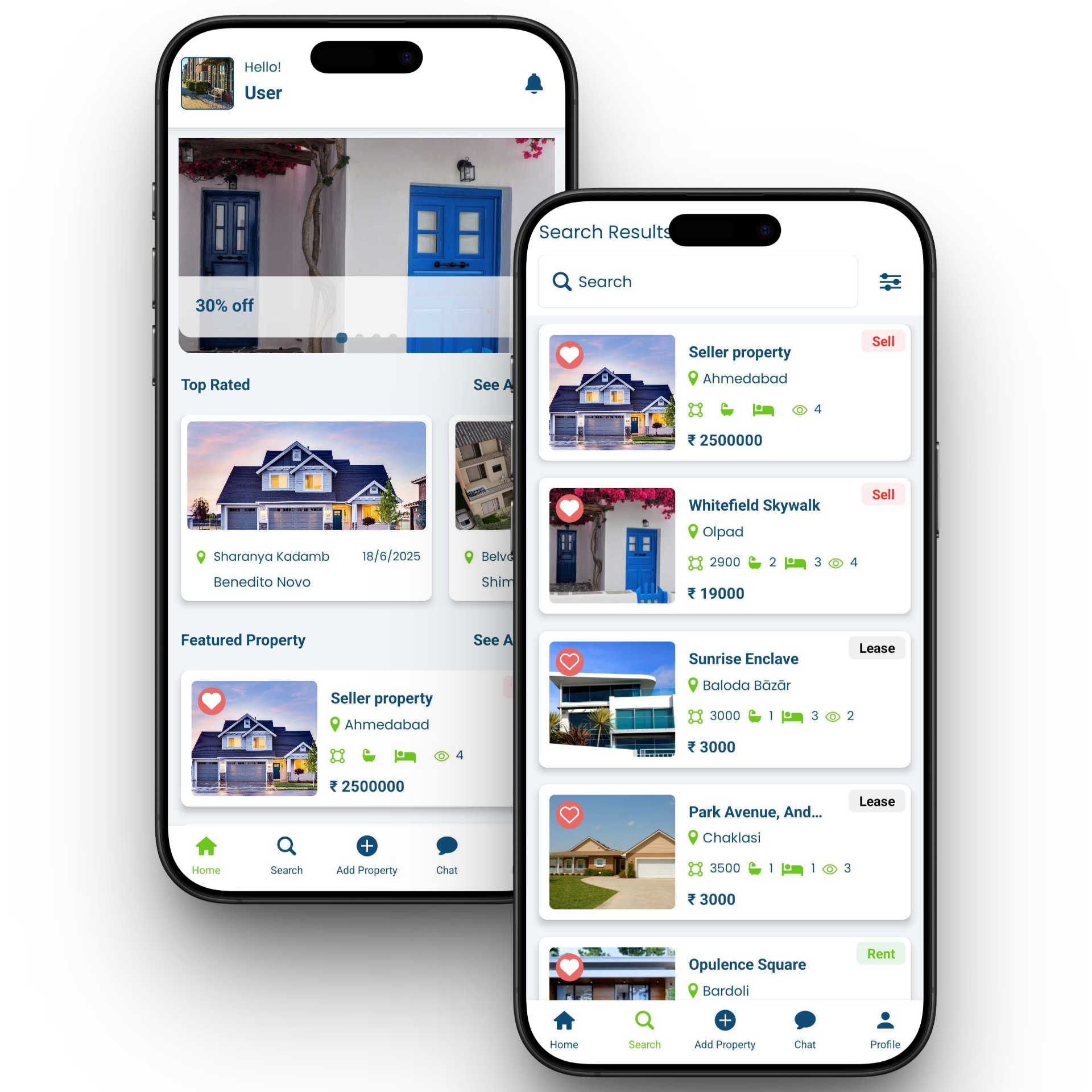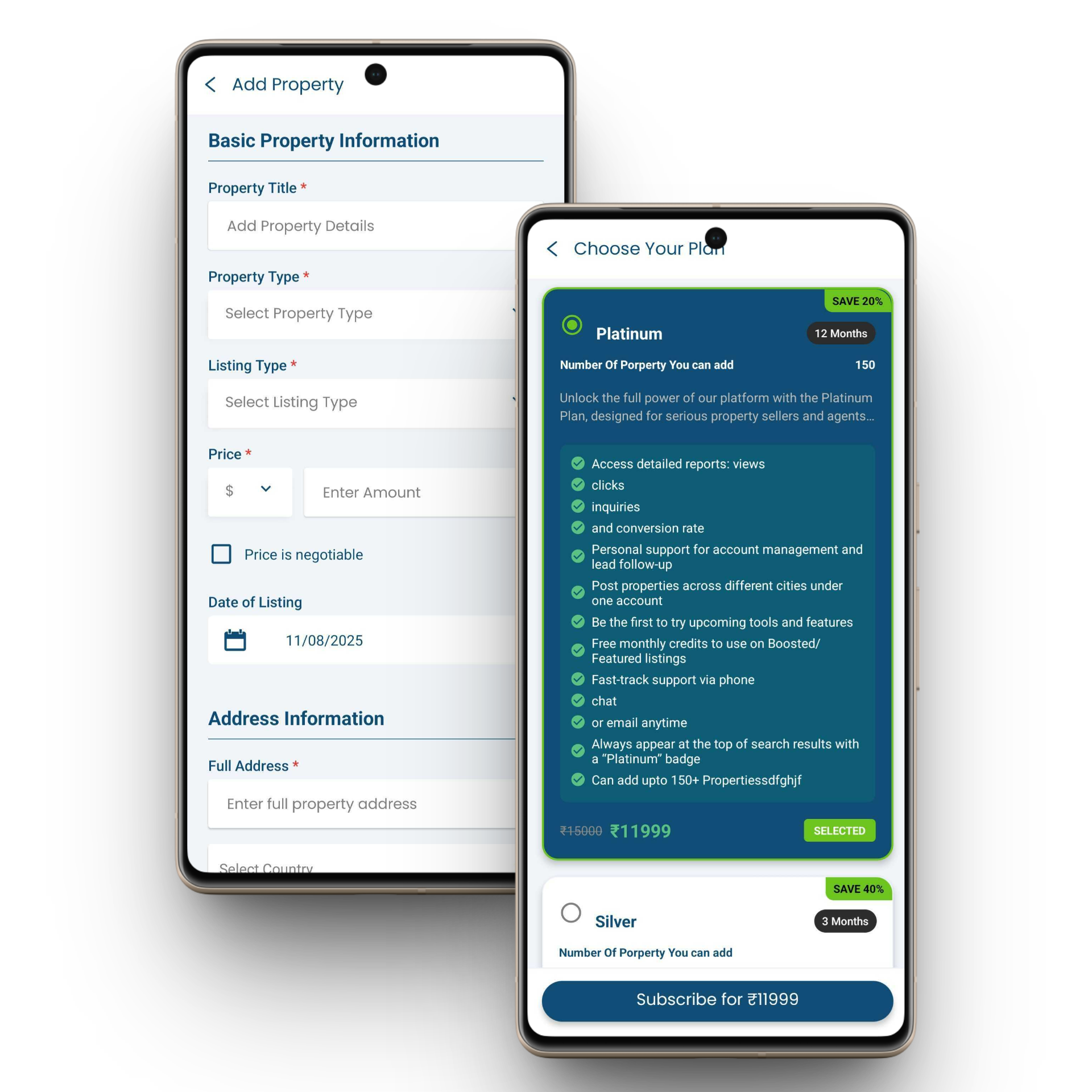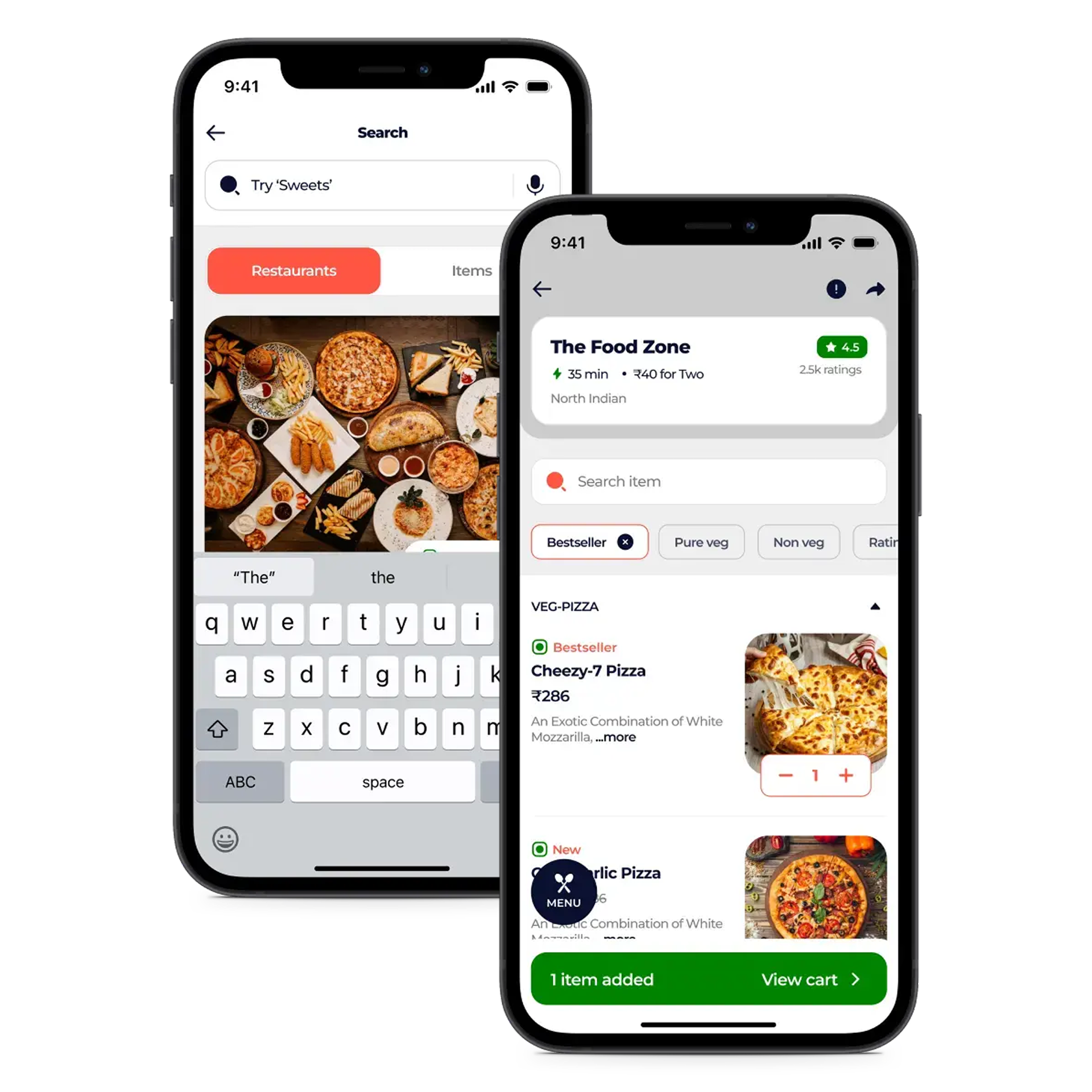In today’s fast-paced software development landscape, integrating security into every phase of the DevOps pipeline is crucial. This practice, known as DevSecOps, ensures that security is a shared responsibility throughout the development, operations, and deployment processes. In this article, we will explore the concept of DevSecOps, its importance, benefits, components, tools, and best practices, along with how to implement it effectively.
What is DevSecOps?
DevSecOps stands for Development, Security, and Operations. It is a methodology that seamlessly incorporates security practices into the DevOps workflow. Unlike traditional security measures that are applied at the end of the development cycle, DevSecOps incorporates security from the initial stages, making it an integral part of the software development lifecycle.
Importance of DevSecOps?
The traditional approach to security often leads to bottlenecks, as security checks are performed only at the end of the development process. This can result in delayed releases and increased vulnerability to security threats. DevSecOps addresses these issues by embedding security practices throughout the development pipeline, ensuring continuous monitoring, early detection, and quick remediation of security vulnerabilities.
Components and Tools of DevSecOps
1. Core Components of DevSecOps
- Continuous Integration/Continuous Deployment (CI/CD): Automates the integration and deployment of code changes, ensuring consistent and error-free releases.
- Automated Testing: Incorporates security testing tools to detect vulnerabilities early in the development process.
- Infrastructure as Code (IaC): Automates the management and provisioning of computing infrastructure using machine-readable definition files, ensuring consistent and repeatable setups.
- Monitoring and Logging: Ongoing monitoring and logging facilitate real-time detection and response to security incidents.
2. Essential DevSecOps Tools
- CI/CD Tools: Jenkins, GitLab CI, CircleCI
- Security Testing Tools: Snyk, Checkmarx, OWASP ZAP
- Configuration Management Tools: Ansible, Chef, Puppet
- Container Security Tools: Aqua Security, Twistlock, Sysdig
Benefits of DevSecOps
- Enhanced Security: By integrating security into the development process, vulnerabilities are identified and fixed early, reducing the risk of security breaches.
- Faster Delivery: Automated processes and continuous monitoring streamline the development pipeline, allowing for quicker releases without compromising security.
- Improved Collaboration: DevSecOps fosters a culture of collaboration between development, security, and operations teams, leading to more efficient workflows and better communication.
- Cost Efficiency: Early detection and resolution of security issues reduce the costs associated with fixing vulnerabilities later in the development cycle.
How DevSecOps Works?
DevSecOps operates on the principle of “shift-left,” which means incorporating security measures earlier in the development process. Here’s how it works:
- Planning and Coding: Security requirements are defined during the planning phase, and secure coding practices are adopted from the start.
- Building and Testing: Automated security testing tools are integrated into the CI/CD pipeline to continuously scan for vulnerabilities.
- Releasing and Deploying: Security checks are performed before code is deployed to production, ensuring only secure code is released.
- Operating and Monitoring: Continuous monitoring and logging help detect and respond to security incidents promptly, maintaining a secure production environment.
DevSecOps Best Practices
- Early Integration of Security: Incorporate security practices from the planning phase to avoid costly fixes later.
- Automate Security Testing: Use automated tools to continuously scan for vulnerabilities throughout the development process.
- Implement Least Privilege: Restrict access to resources and permissions to the minimum necessary for each team member.
- Regular Audits and Compliance Checks: Conduct regular security audits and ensure compliance with relevant security standards and regulations.
How to Implement DevSecOps?
- Embrace a DevSecOps Culture: Cultivate a collaborative environment where development, security, and operations teams work together harmoniously.
- Select the Right Tools: Choose tools that integrate well with your existing CI/CD pipeline and provide robust security features.
- Continuous Training: Provide ongoing training for team members on secure coding practices and the latest security threats.
- Automate and Monitor: Automate security testing and continuously monitor the development pipeline for potential security issues.
DevSecOps Tools to Integrate
- Jenkins: Automates the CI/CD pipeline and integrates with various security tools.
- Snyk: Identifies and fixes vulnerabilities in open-source dependencies.
- Ansible: Automates configuration management and infrastructure setup with security best practices.
- Aqua Security: Provides comprehensive security for containerized applications.
DevSecOps: Security + Agility + BrainerHub
At BrainerHub, we understand the importance of integrating security into every aspect of the software development lifecycle. By adopting DevSecOps, we ensure that our development process is not only agile but also secure. Our commitment to continuous improvement and collaboration allows us to deliver high-quality, secure software solutions efficiently.
Do you have a project in mind? Talk to the experts.
Get in Touch
Contact us
Our Office
D-101/102/501/601 Titanium Square Building, Near Thaltej Cross Road, Sarkhej - Gandhinagar Highway, Ahmedabad, Gujarat 380059
Say Hello! on Skype
DevSecOps FAQs
The main goal of DevSecOps is to integrate security practices into the DevOps pipeline, ensuring that security is a shared responsibility across development, operations, and security teams.
Traditional security approaches typically involve applying security measures at the end of the development cycle, whereas DevSecOps integrates security throughout the development process, from planning to deployment and beyond.
Popular DevSecOps tools encompass Jenkins for CI/CD automation, Snyk for vulnerability detection, Ansible for configuration management, and Aqua Security for securing containerized applications.
Automation is crucial in DevSecOps because it enables continuous security testing, reduces the risk of human error, and ensures consistent and efficient application of security practices throughout the development lifecycle.



